1、 Curing method
1. Temperature: the growth environment of purple spot peony is relatively cool. It mainly grows on high mountains, and the suitable temperature for its growth is 10 to 20 degrees. High temperature will affect its normal growth and inhibit its flowering. At the same time, its cold resistance is very strong, and it can withstand the low temperature of minus 20 degrees. Therefore, it is generally cultivated in the north, and the South can not meet its growth needs
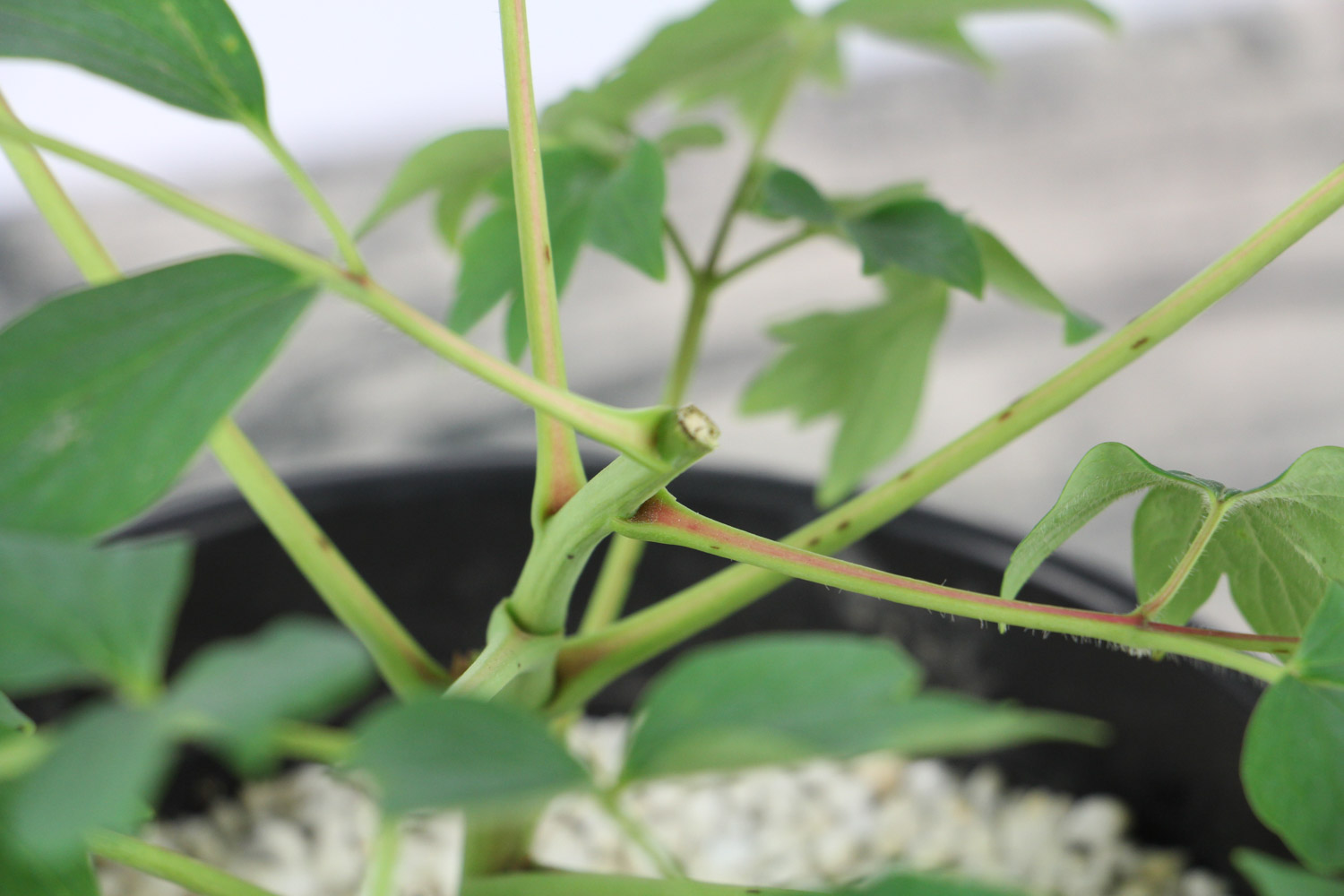
2. Watering: the most difference between purple spot peony and other plants is that it doesn't need to be watered often, and it's afraid of water. If you water too much, there will be some adverse reactions. You can water it twice a year, so that the flowering will be normal and the drought tolerance will be very strong
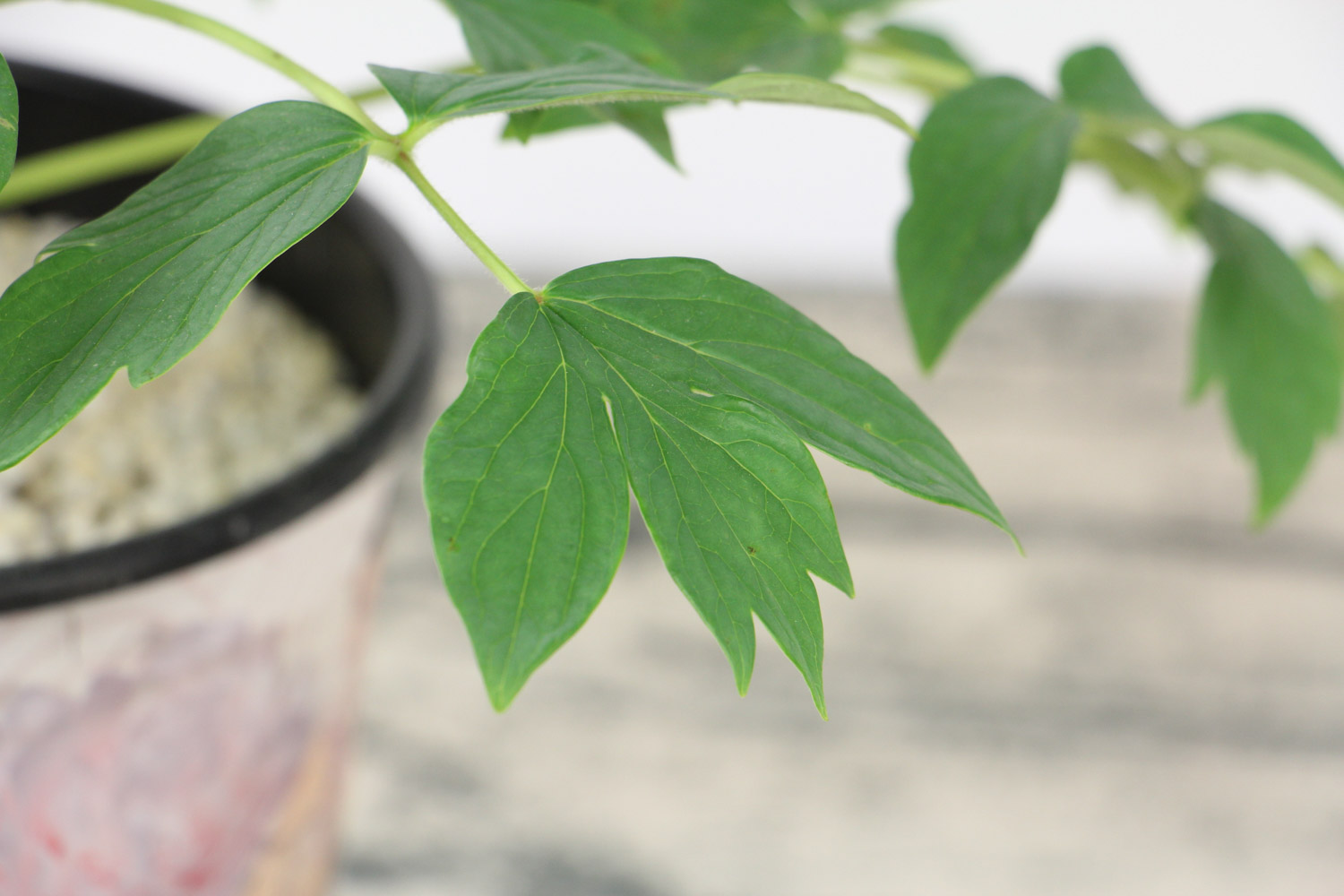
3. Light: light loving plants need to provide ten hours of light every day for normal growth, but they are afraid of strong light, which will shorten the flowering period, so they can't be irradiated by strong light in summer. Proper shade is required
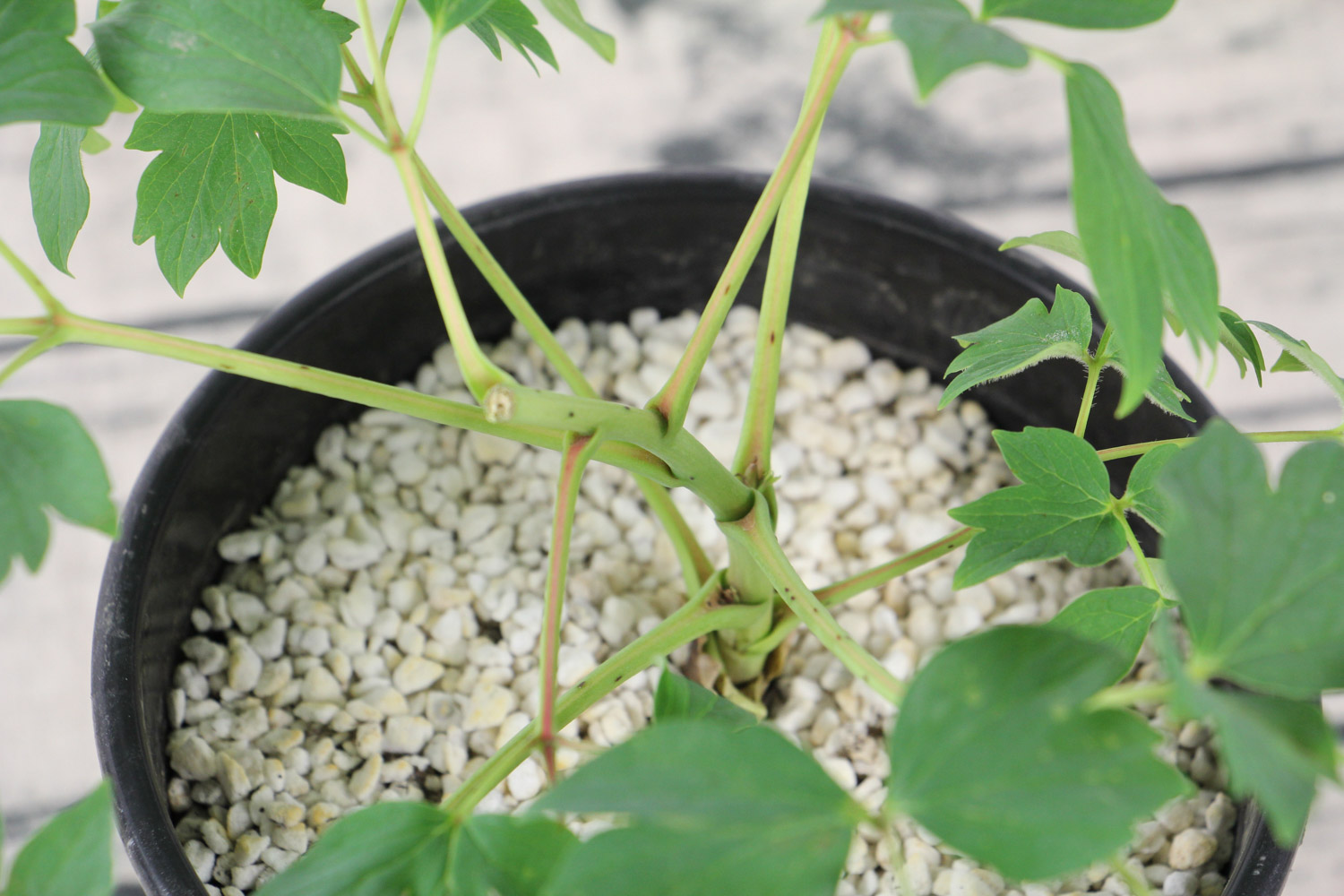
4. Fertilization: there are no high requirements for fertilization, but we can't apply fertilizer indiscriminately. At the same time, it's OK to apply fertilizer twice a year. It's best to apply rotten fertilizer cake. When applying fertilizer, it can be combined with watering, which will be better absorbed
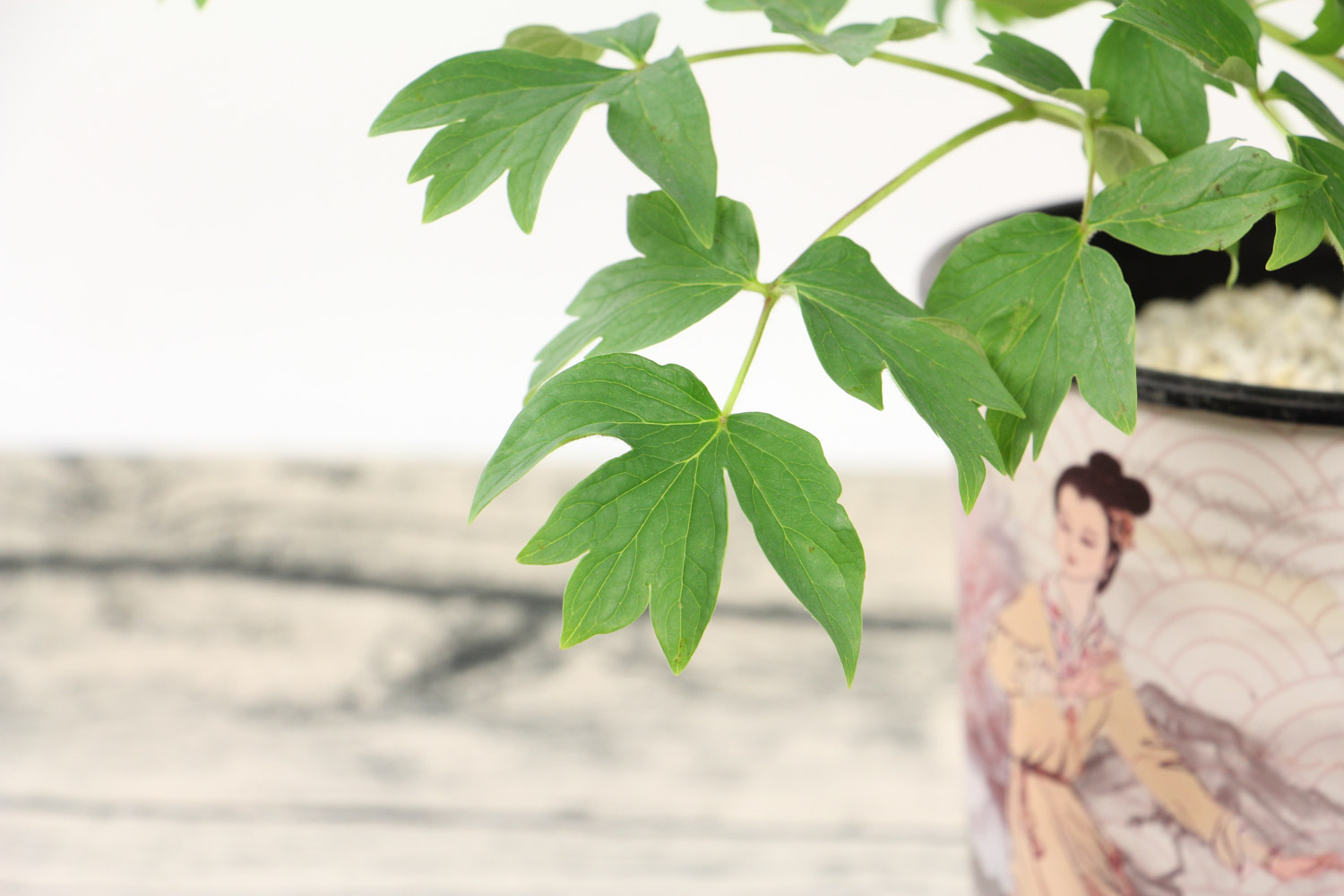
2、 Breeding skills
1. Propagation: sowing and branching are its main propagation methods. The seeds of purple spot peony generally mature in August every year. When the peel completely turns yellowish brown, it indicates that it is mature. Before sowing, it needs to be soaked in 50 degree hot water for one day, and then sowing can be done. Adult plants need to be selected for ramet, and the survival rate of this method is relatively high, so it is recommended to use ramet
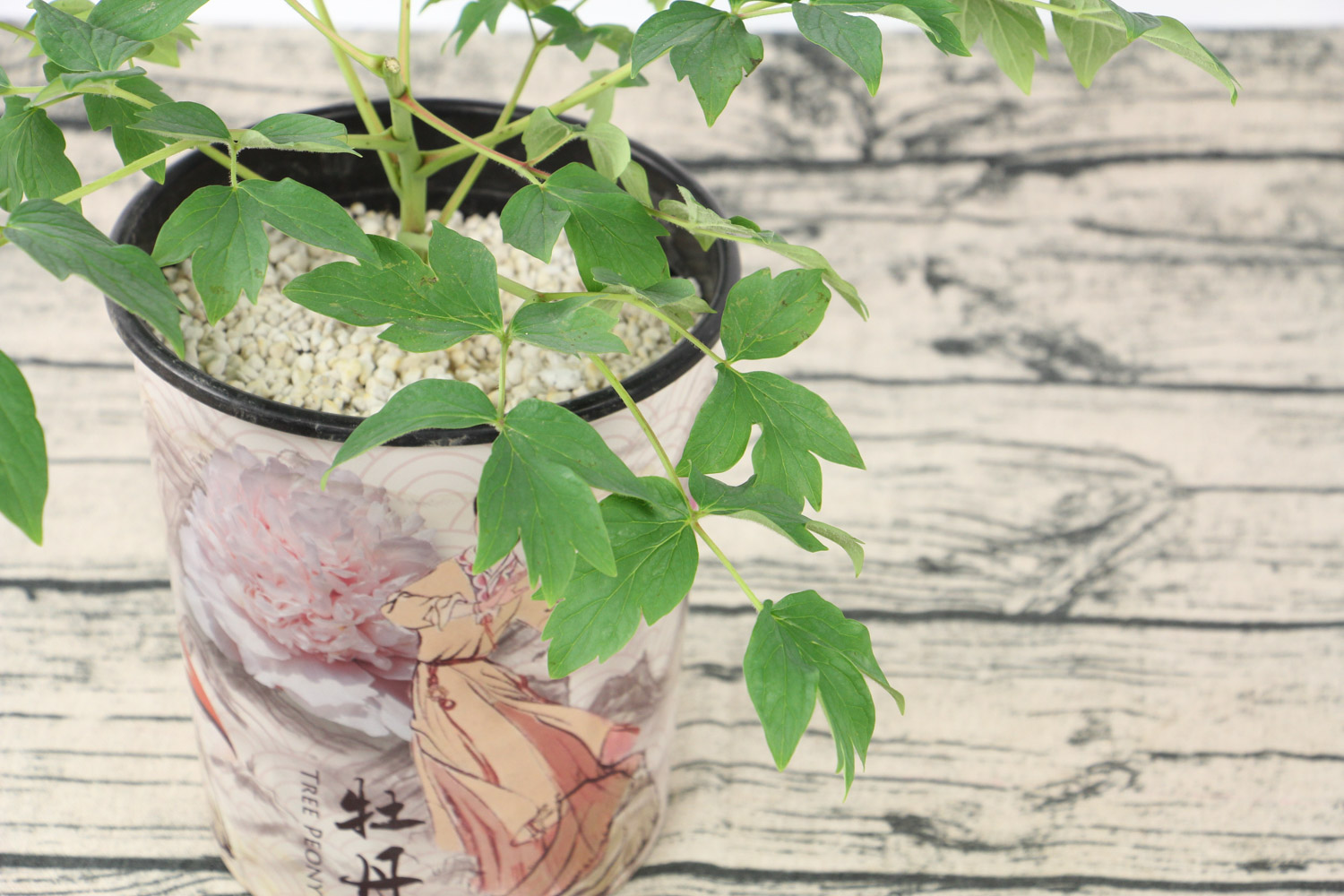
2. Pruning: purple spot peony belongs to rare flower species, so it can't be pruned too much. Generally, plants with more than five years are suitable for pruning. Just cut off the residual flowers and fallen branches and leaves. Don't prune too much, otherwise it is easy to wither or die
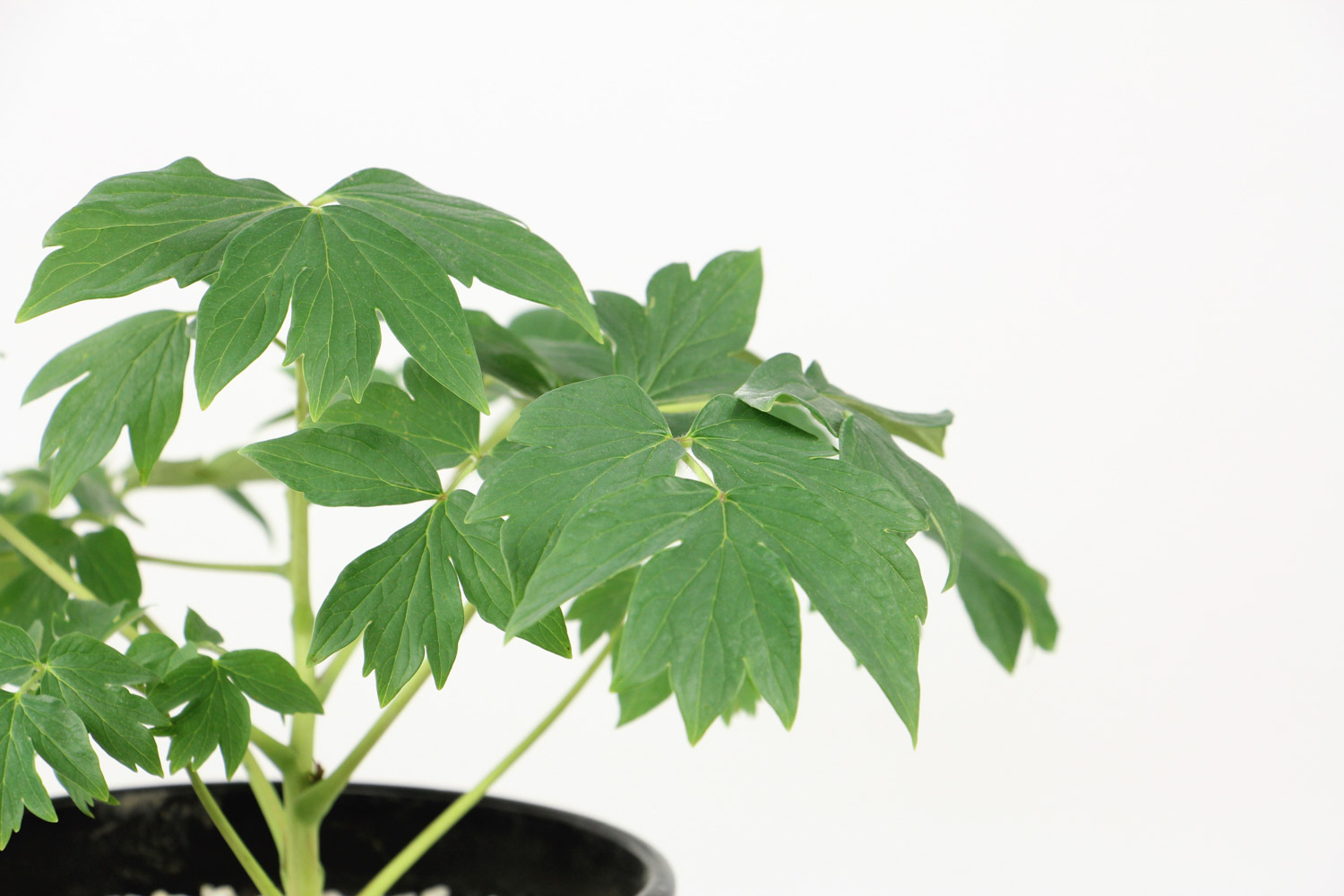
3、 Diagnosis and treatment problems
1. Disease: scorched leaves may appear under high temperature. You can cut off the yellowing branches and leaves and spray disinfectant
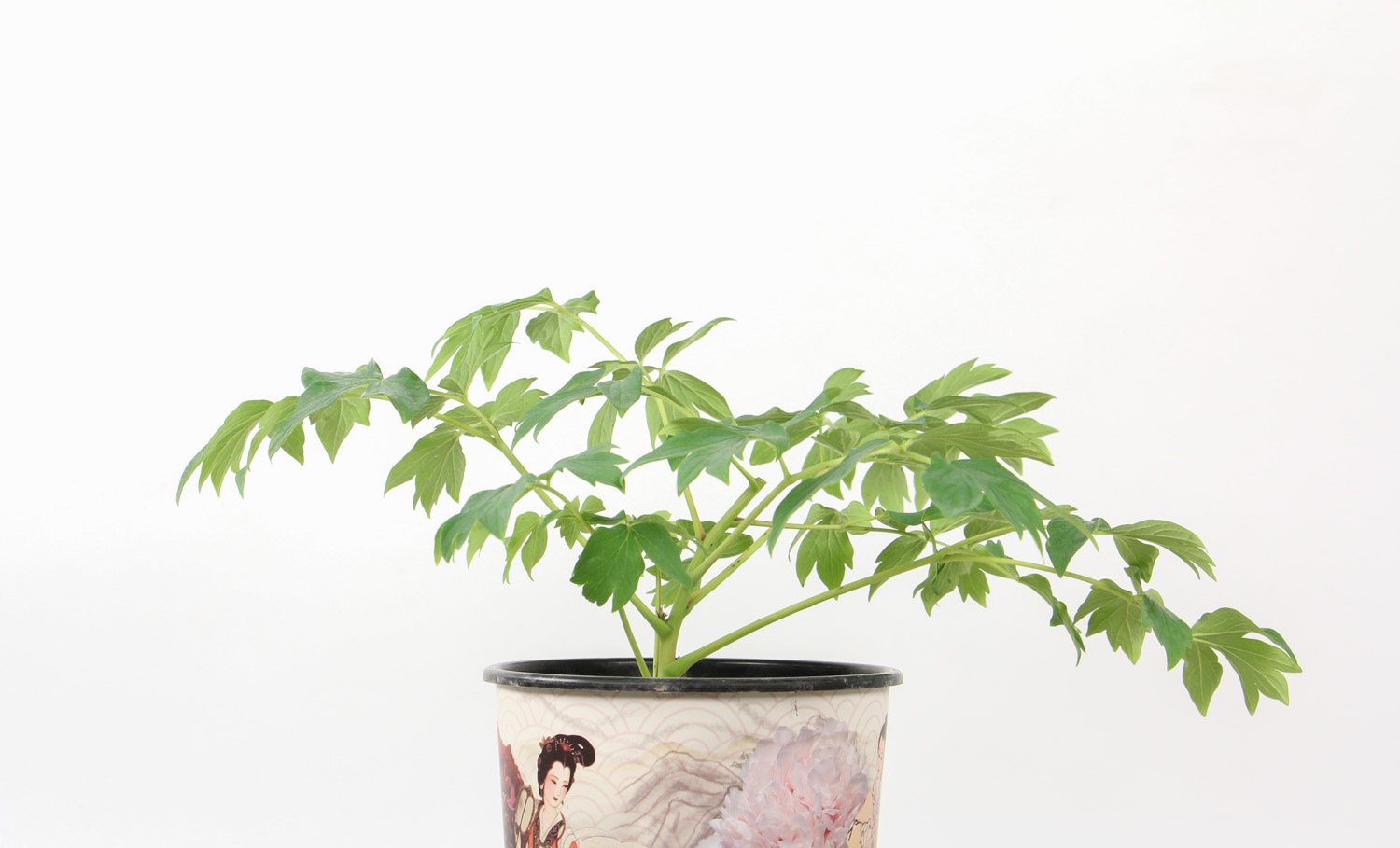
2. Insect pest: because the ambient temperature of its growth is relatively low, there will be no insect pest in general
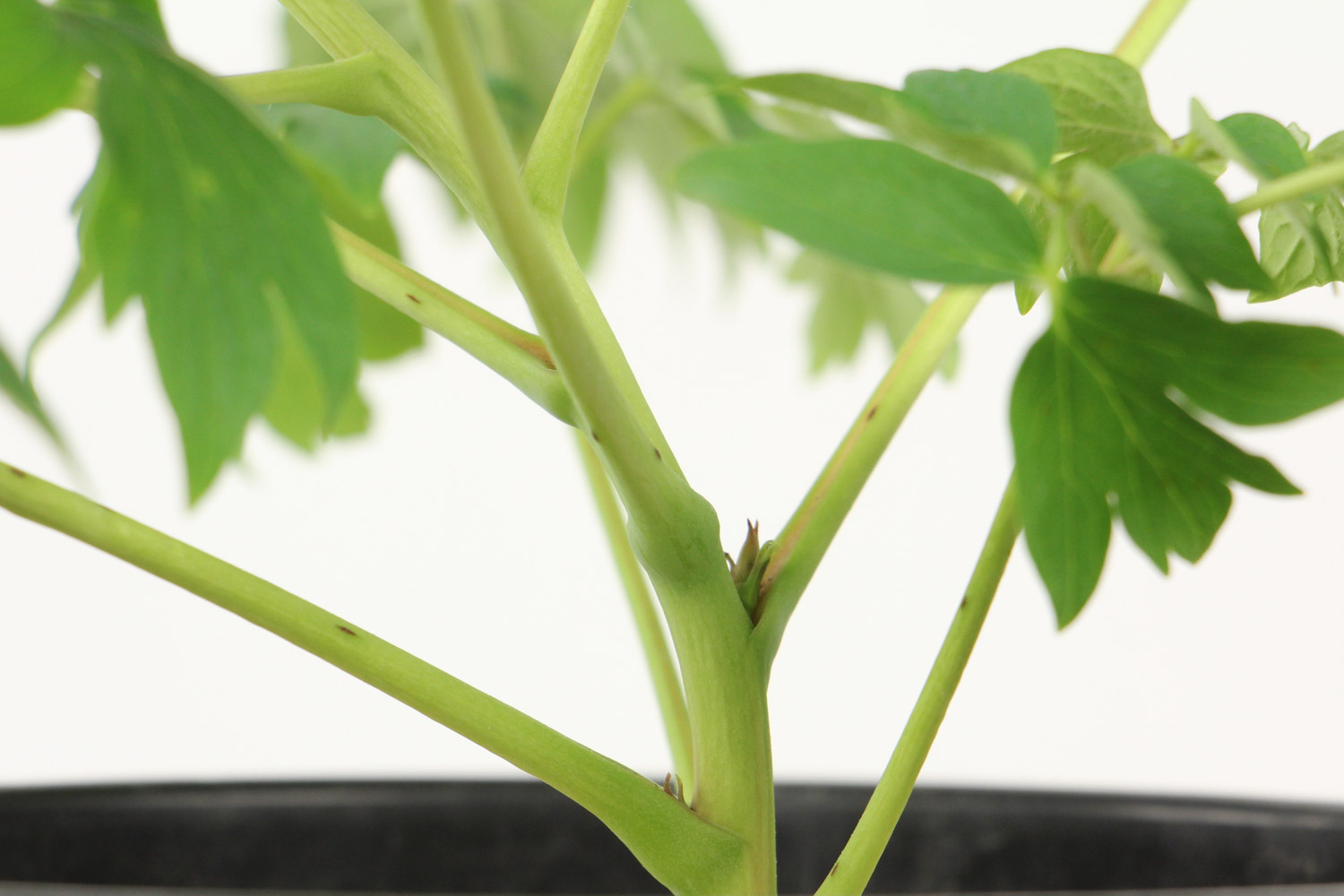
4、 Other issues
1. Toxicity: there is no poison. It is endangered and very rare, so it is suitable for breeding

2. Whether it can be raised at home: Yes, it is an endangered plant with high ornamental value, so it is recommended to breed it


 jackfruit
jackfruit snake plant
snake plant hibiscus
hibiscus hydrangea
hydrangea lavender
lavender Green roses climb al...
Green roses climb al... If you don't pay att...
If you don't pay att... Management of four g...
Management of four g...

































